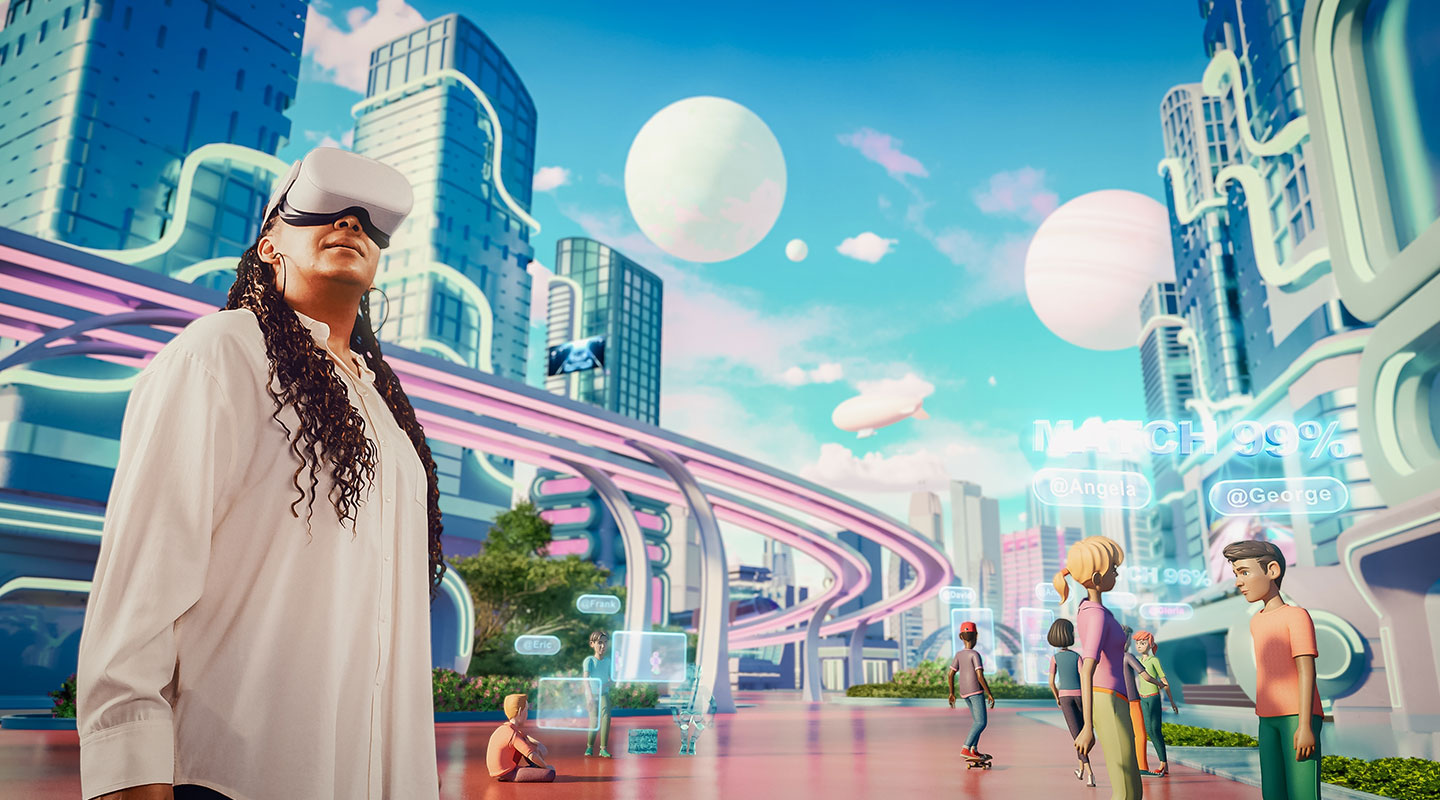The Rise of Immersive Web: Why XR is the Next Frontier
3 min read
The internet is entering a new chapter. For years, digital experiences have been flat — scrolling feeds, clickable banners, and static eCommerce pages. But in 2025, the immersive web is taking shape, powered by extended reality (XR).
XR — the umbrella for augmented, virtual, and mixed reality — is transforming the way brands connect with audiences. What was once experimental is becoming mainstream, as hardware, software, and networks finally converge to make immersive experiences accessible at scale.
Services
Design, Events, Strategy
Written by
Radu Muntean
From Browsing to Experiencing
The immersive web represents a shift from content consumption to active participation. According to PwC, the global XR market is projected to exceed $120 billion by 2026, driven by retail, entertainment, and training applications (PwC, 2024). Consumers increasingly expect to interact with products, spaces, and stories — not just view them on a screen.
This isn’t just about novelty. For businesses, XR enables more engaging product trials, more memorable brand activations, and richer customer data — turning every interaction into a measurable, sharable experience.
What Clients Are Asking For
- Immersive Retail: Virtual showrooms, AR-powered product try-ons, and interactive eCommerce journeys that blend physical and digital shopping.
- Virtual Collaboration & Training: Brands want scalable XR solutions for employee onboarding, technical training, and team collaboration — a cost-effective alternative to travel.
- Experience-Led Marketing: From immersive product launches to 3D brand worlds, clients want campaigns that stand out in crowded digital channels by offering something audiences can step into, not just scroll past.
Agencies as Curators, Not Just Creators
AI has shifted the agency role from pure production to curation and orchestration. The value is no longer in making every asset by hand, but in:
- Ensuring outputs remain on-brand and on-strategy.
- Layering creative judgement over algorithmic speed.
- Unlocking insights from data to inspire new directions.
Designing for the Immersive Web
The rise of XR demands a new design language. Agencies are now challenged to create multi-sensory, spatial experiences for their clients that merge brand identity with intuitive user interaction. For Charles Elena, this means blending traditional design principles with real-time 3D, gaming mechanics, and user experience strategy.
Research from Accenture shows that 65% of consumers say they are more likely to buy from a brand offering immersive experiences — proof that XR is moving from experimental to essential (Accenture, 2024).
The Next Digital Frontier
The immersive web won’t replace today’s internet — it will layer on top of it. Just as mobile reshaped the web in the 2010s, XR is setting the stage for the 2030s.
For brands, the opportunity in 2025 is clear: start experimenting now. The brands that lean into XR today will be the ones shaping customer expectations tomorrow.
At Charles Elena, we see XR not as a side project but as the next frontier of digital experience — a frontier where creativity, technology, and human imagination converge.
